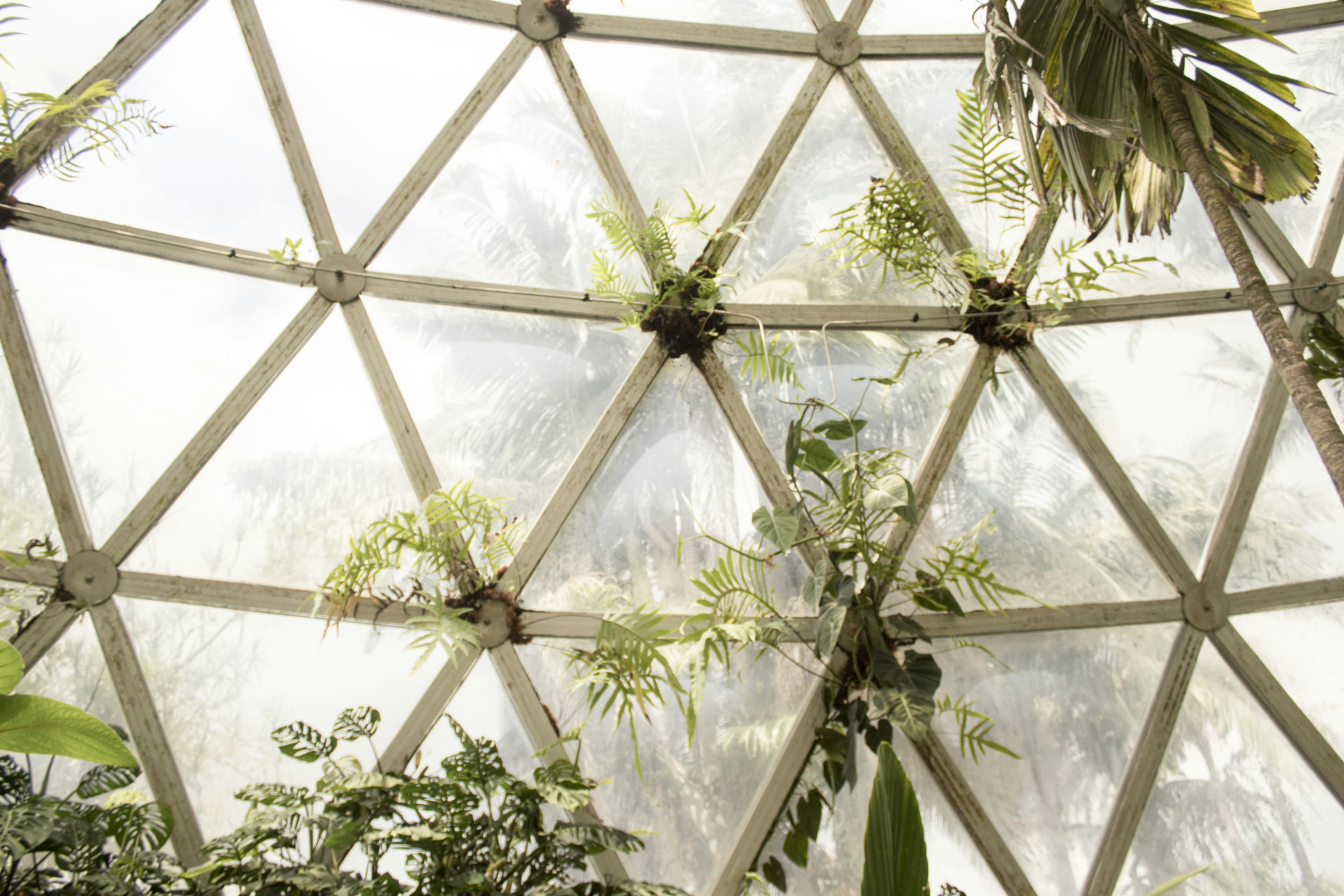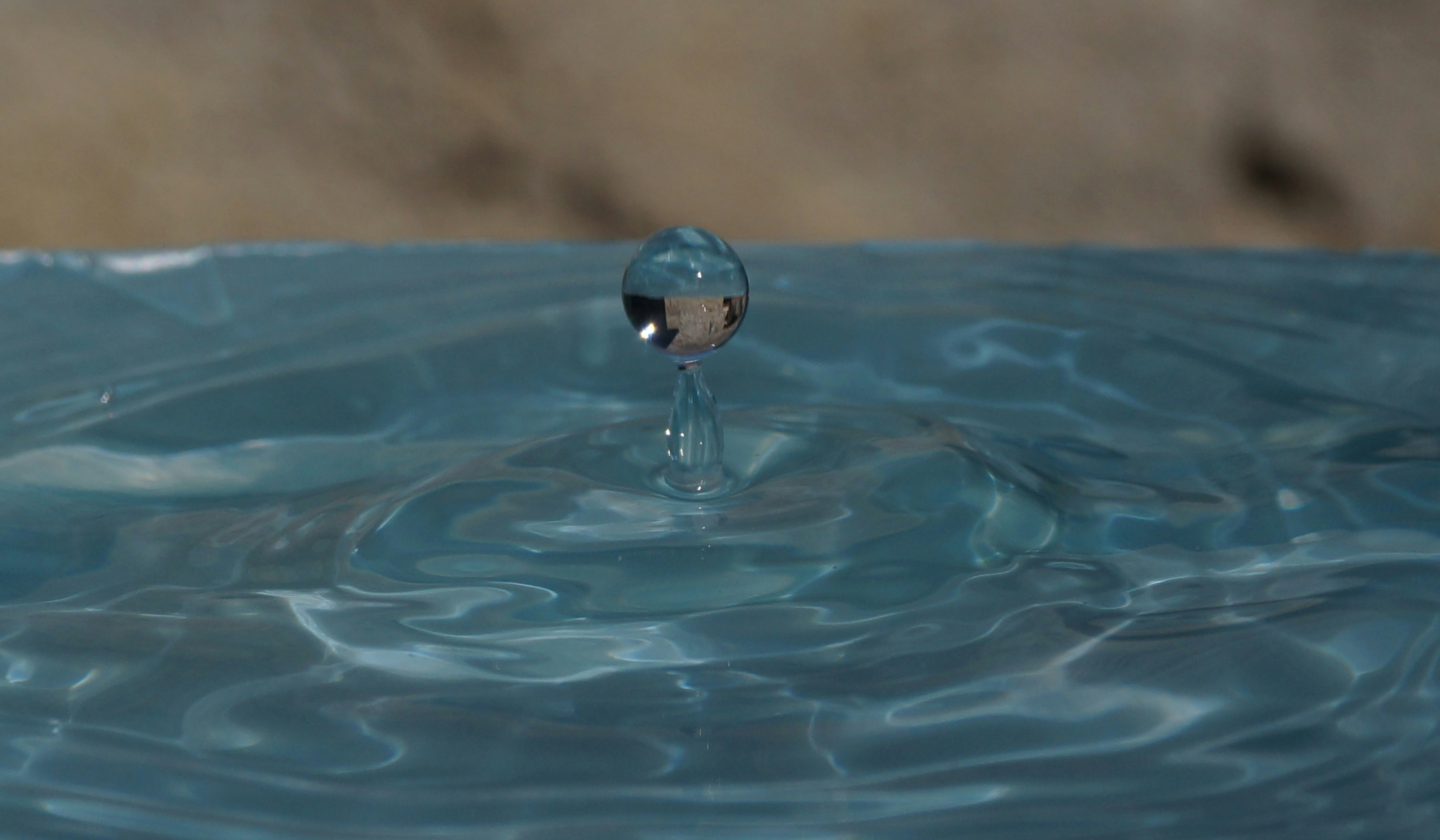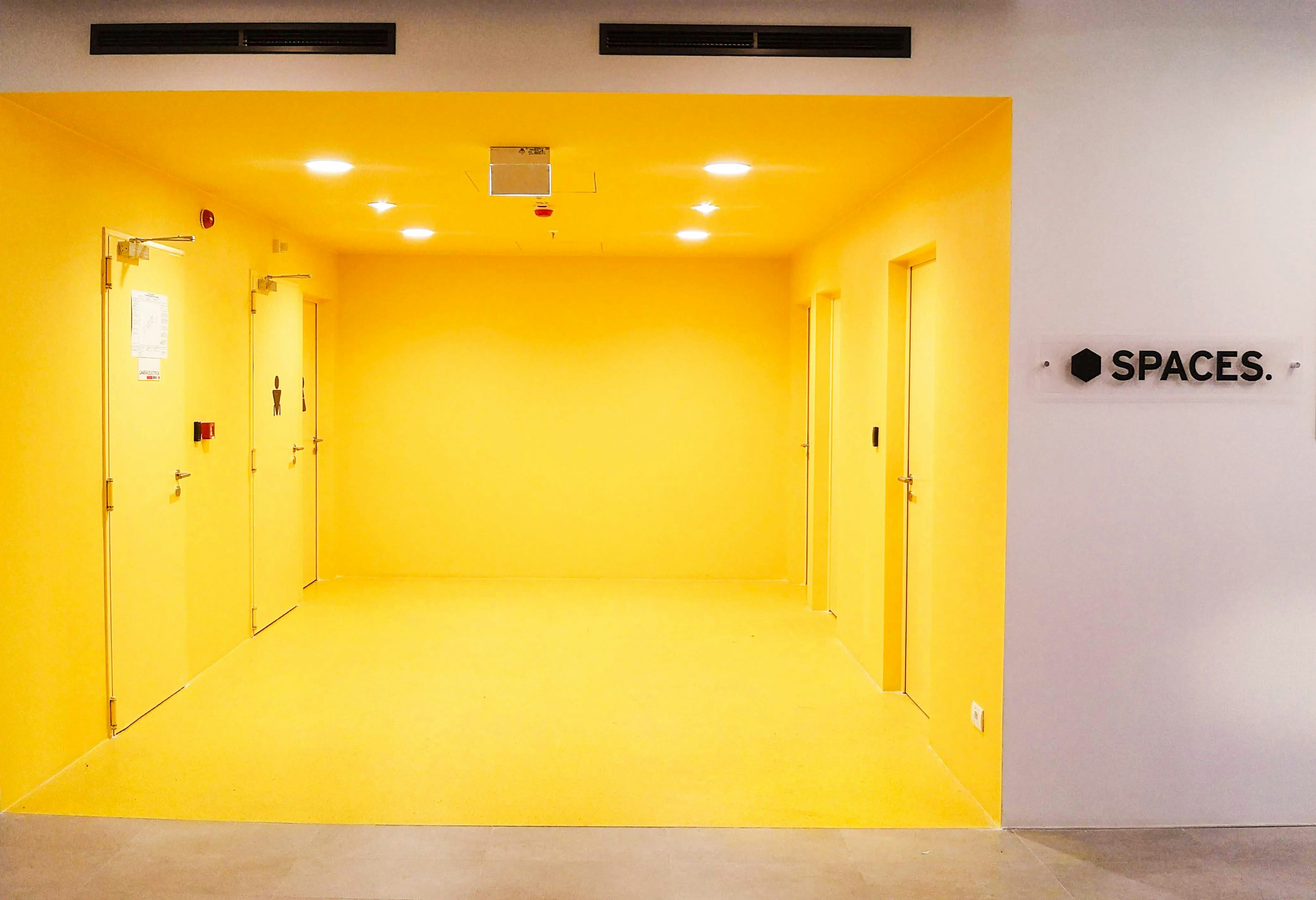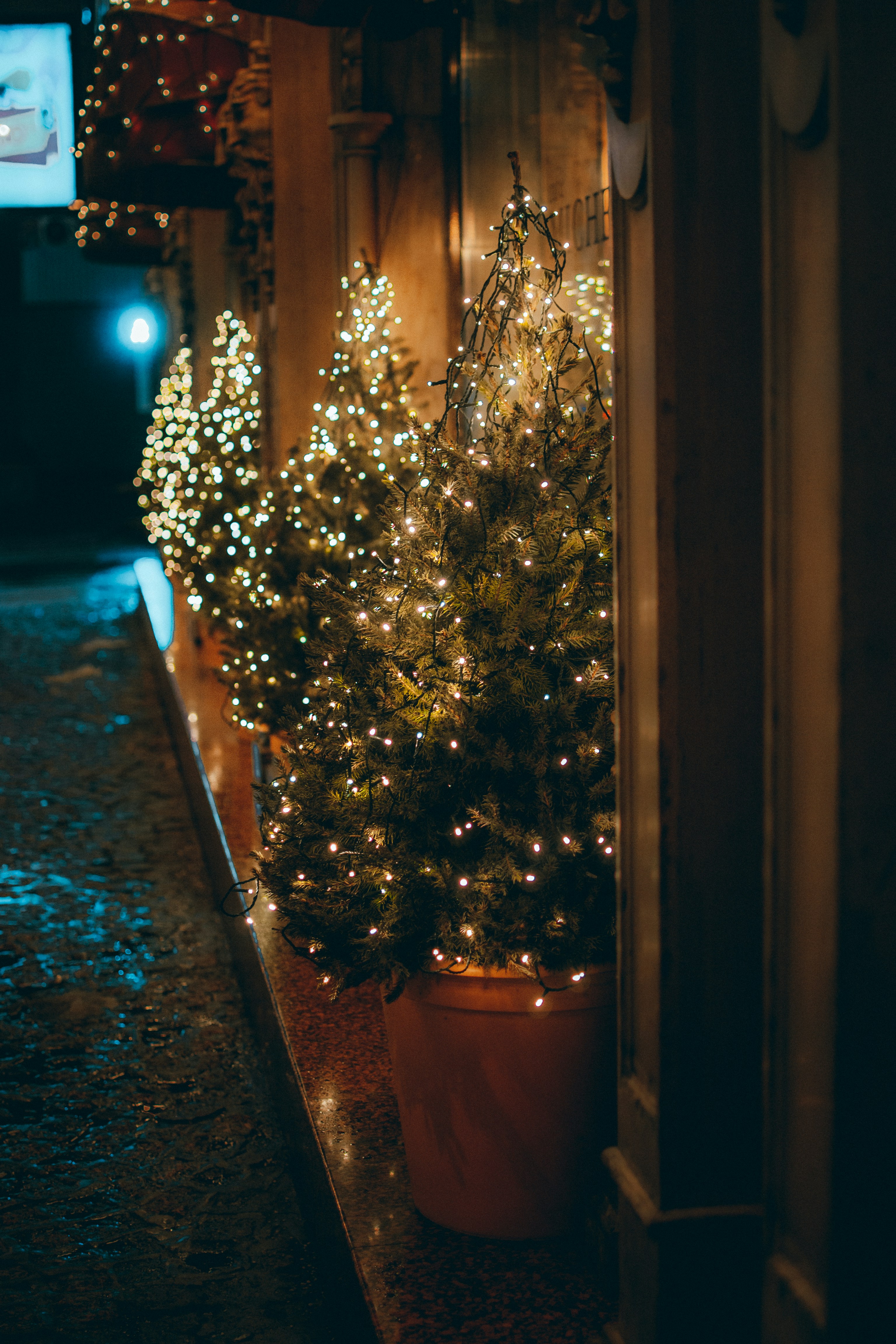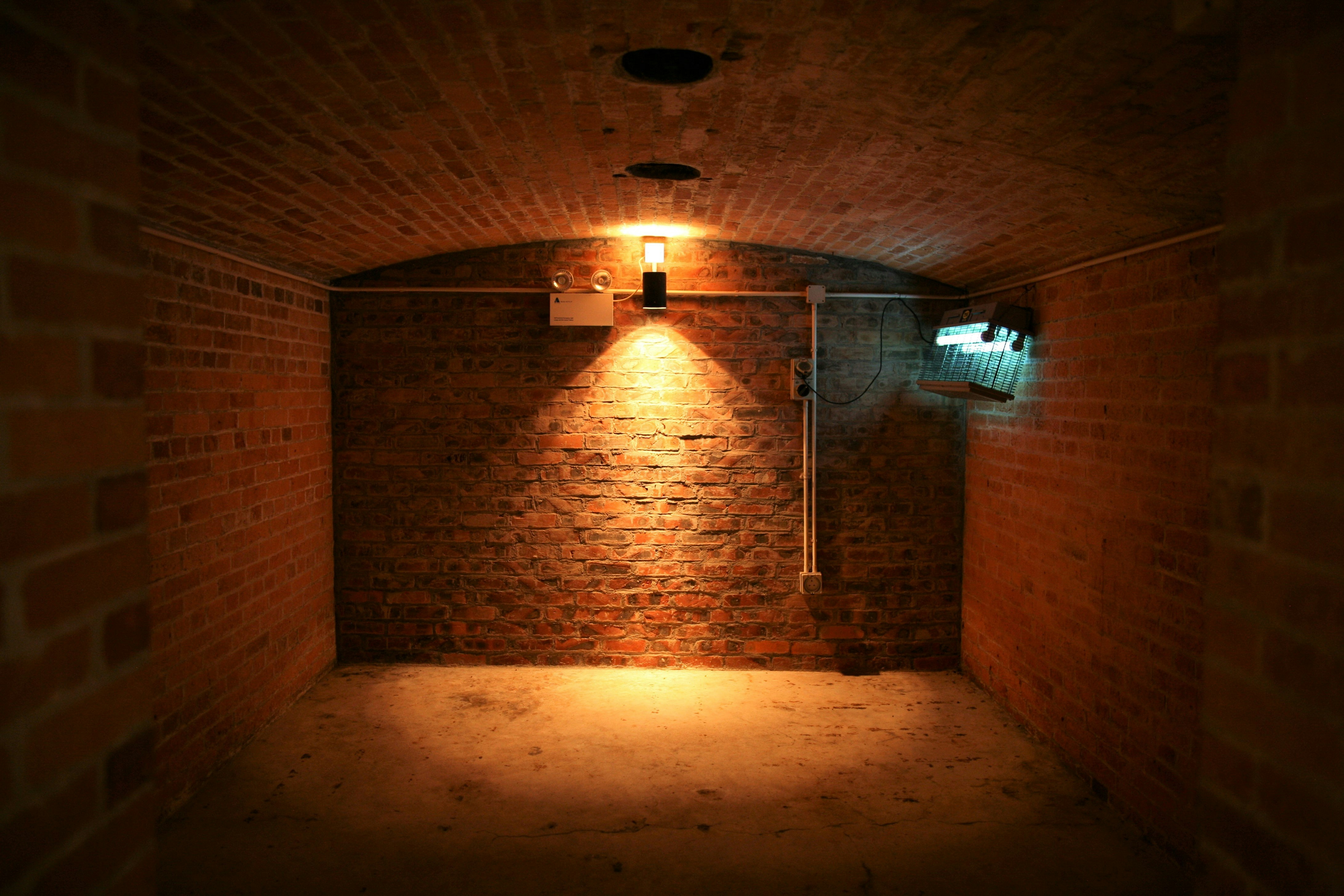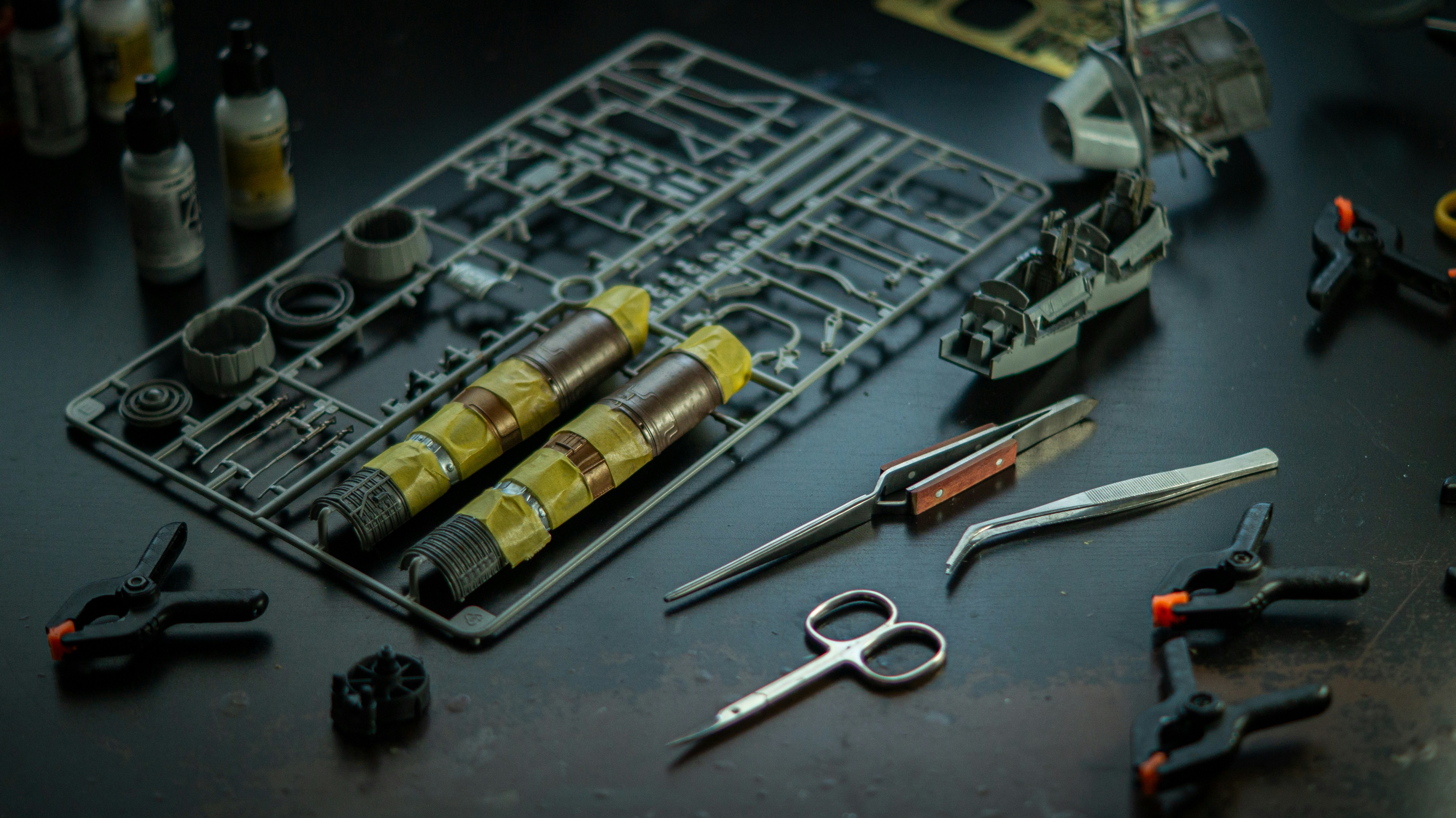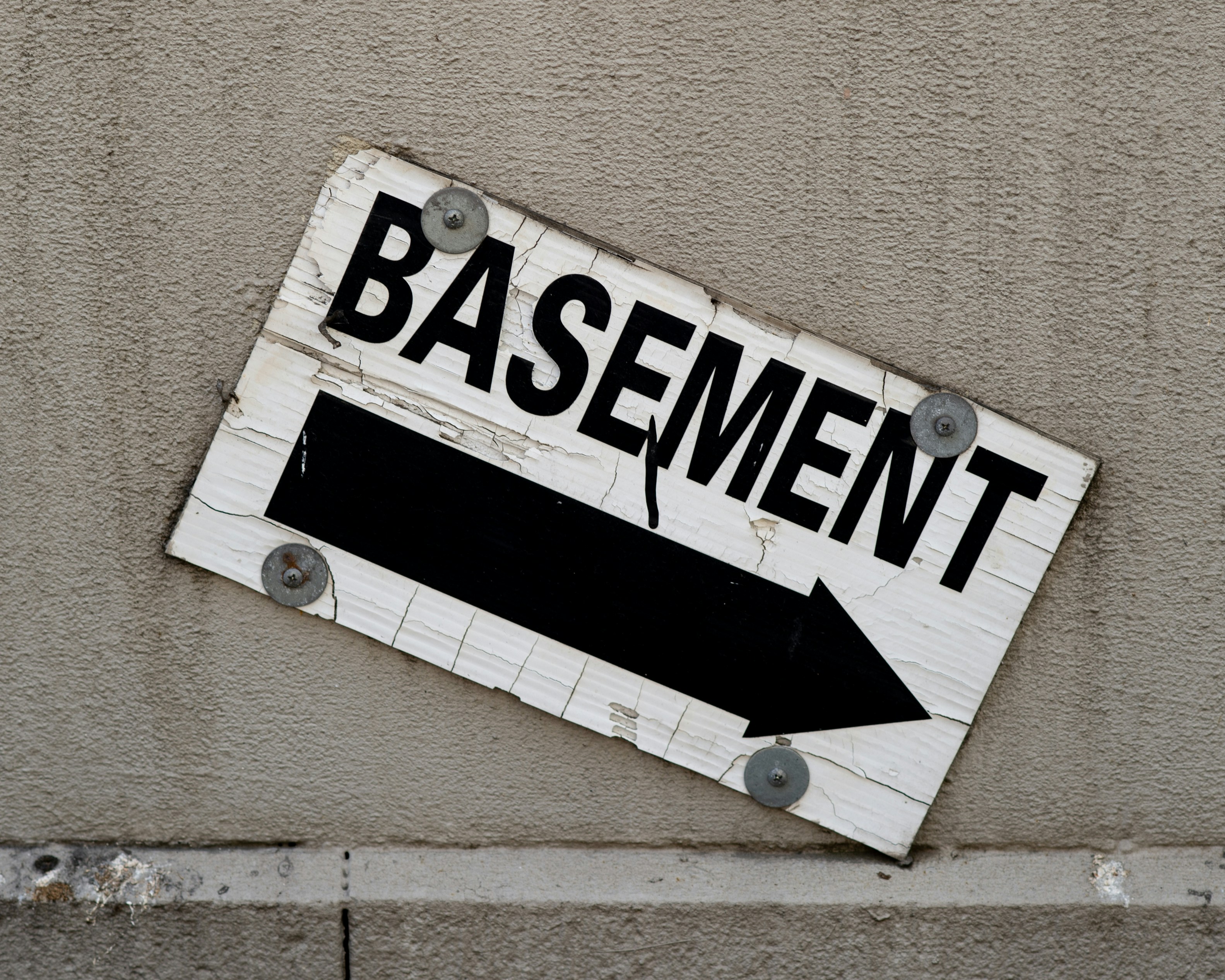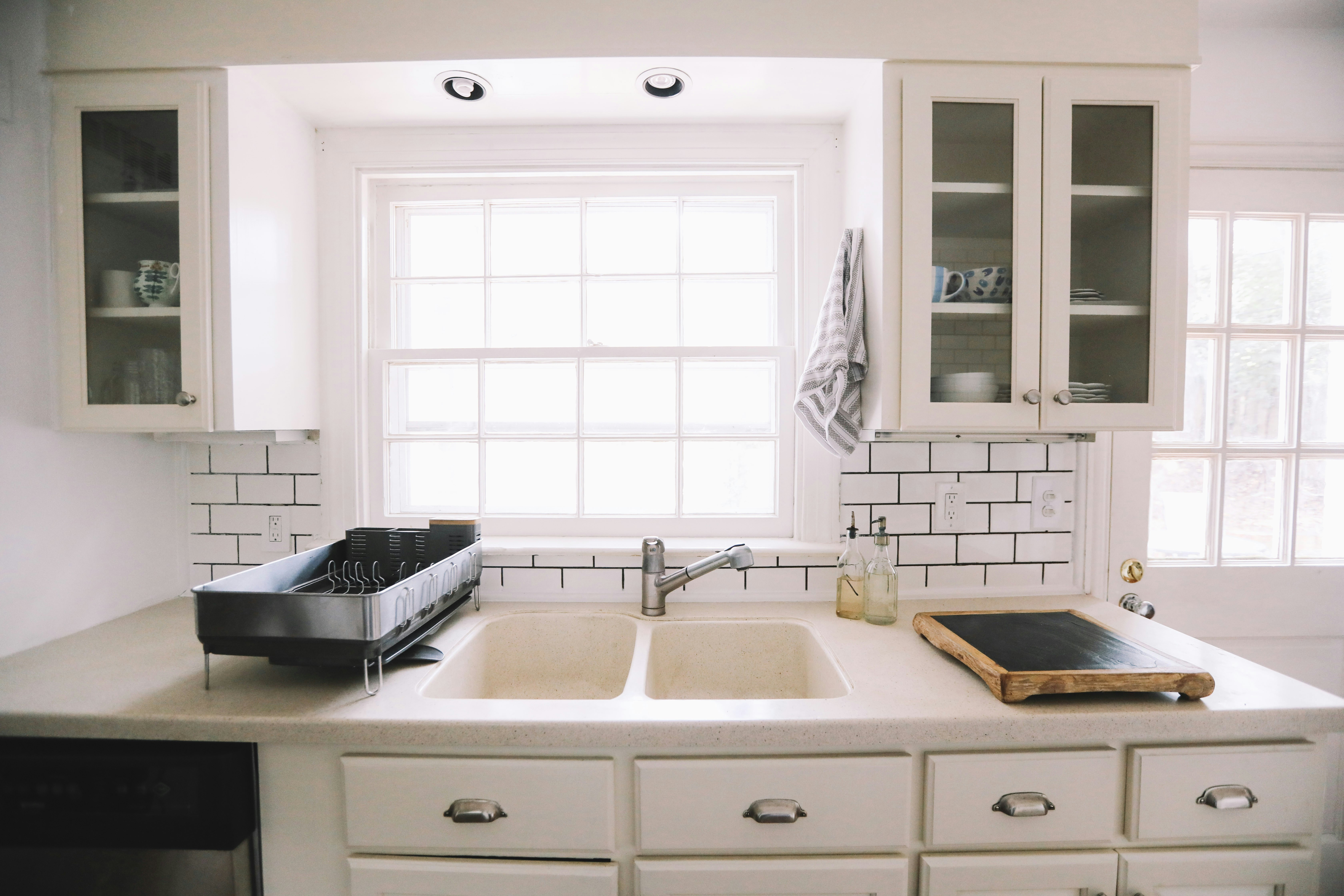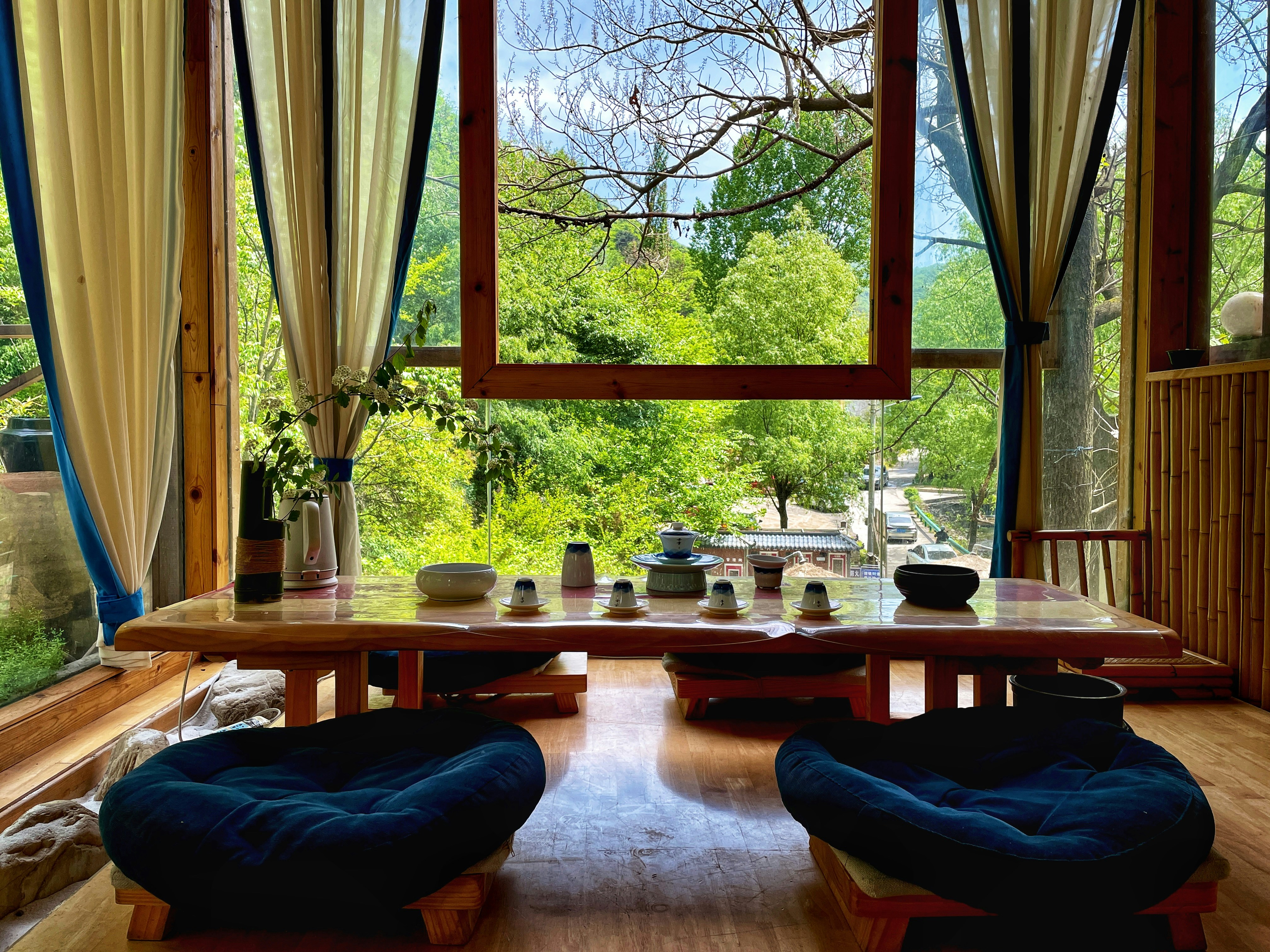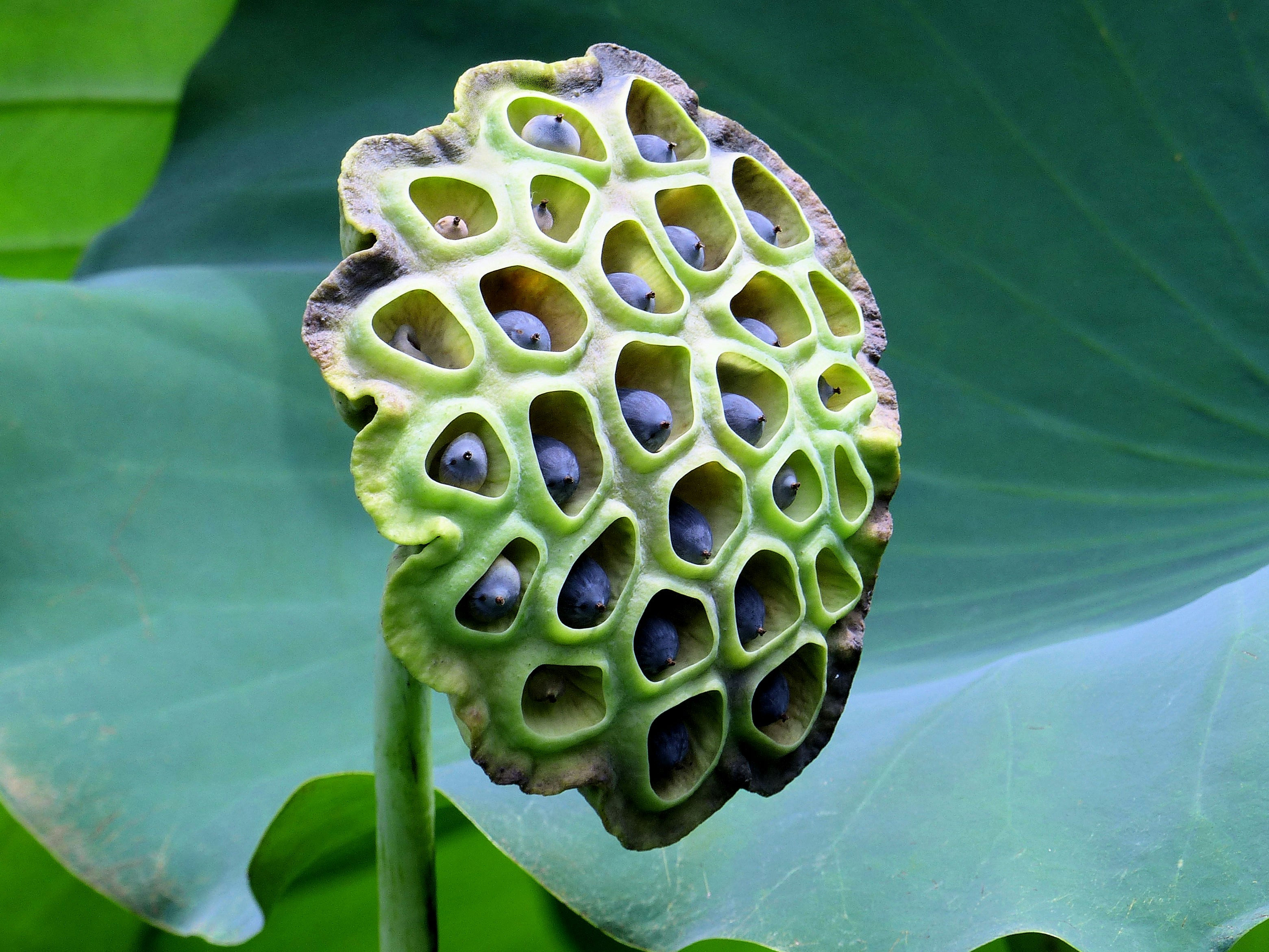Biophilic Basement Designs: Transform Your Space into Lush Retreats
Imagine stepping into a basement that feels like an enchanting woodland escape—where vibrant greenery mingles with artful decor, creating a serene retreat. Biophilic basement designs are a revolutionary approach that brings the beauty of nature into underground spaces, transforming them into lush sanctuaries that elevate both mood and ambiance. In this article, we’ll explore inventive ideas and practical tips to help you cultivate these nature-inspired designs, reflecting a seamless harmony between indoor comfort and outdoor tranquility.
Understanding Biophilic Design: Connecting with Nature Indoors
Biophilic design is not merely about adding a few houseplants to a room; it’s about creating an environment that promotes a deep connection with nature. By integrating natural elements, such as plants, light, water, and organic materials, biophilic design encourages well-being and reduces stress. Studies suggest that exposure to natural elements can increase productivity and enhance mood, making basements—often overlooked as secondary spaces—the perfect candidates for such transformative designs. Dive deeper into this fascinating concept by checking out this article for insights on using nature to create harmonious living spaces.
Crafting Your Basement Oasis: Step-by-Step
When redesigning your basement, envision your ideal atmosphere. Here’s how to create a biophilic basement that captivates and comforts:
1. Soften with Natural Light
One of the primary goals of restorative design is to incorporate natural light. Basements typically suffer from limited sunlight, creating a dark and often claustrophobic feel. Here are several strategies to enhance light:
-
Install Egress Windows: If your basement doesn’t have windows, consider adding egress windows to bring in sunlight. These larger windows create an inviting atmosphere and allow ventilation.
-
Use Light Mirrors: Strategically placed mirrors can reflect light around the room, making it feel spacious and airy. Try placing them across from windows or light sources.
-
Light-Colored Walls: Opt for light, neutral colors that reflect light effectively. Consider soft whites or pastel tones that evoke a calming ambiance.
2. Introduce Lush Greenery
Plants are the lifeblood of any biophilic design. They enhance air quality, boost mood, and create an organic aesthetic. Here’s how to incorporate them into your basement:
-
Indoor Gardens: Create a dedicated space for an indoor garden. Use a combination of potted plants, wall-mounted planters, and terrariums to green up the space.
-
Low-Light Varieties: Choose plants that thrive in low-light conditions, such as pothos, snake plants, or ZZ plants. These species are resilient and require minimal maintenance.
-
Vertical Gardens: Maximize floor space and create a stunning focal point with a vertical garden. This innovative approach brings a lot of greenery without sacrificing space.
3. Emphasize Natural Materials
Incorporating natural materials fosters an organic look and feel. Consider these materials when crafting your basement retreat:
-
Wood Accents: Use reclaimed wood for flooring, walls, or furniture. Varied textures and finishes can create a warm, rustic atmosphere.
-
Stone Elements: From accent walls to decorative stones, incorporating natural stone can add depth and character. Pebbles or river rocks can create a soothing water feature.
-
Organic Fabrics: Furnish the space with fabrics like linen, cotton, or wool to create a cozy, inviting environment. Avoid synthetic materials that can detract from the natural feel.
4. Create Water Features
Integrating water elements can bring tranquility and a sense of calm to your basement sanctuary. Here’s how you can do this effectively:
-
Indoor Fountains: A small fountain can be an attractive addition, providing calming sounds that enhance relaxation.
-
Aquariums: If you’re inclined towards aquatics, setting up an aquarium can be an appealing feature, bringing life and movement into your space.
5. Design with Sensory Experiences
Biophilic design is multi-sensory. Engage all senses to deepen your connection with nature:
-
Scented Spaces: Use natural essential oils to create aroma-infused decor as an olfactory touchpoint. Check out this guide for ideas on harmonizing scent and style.
-
Soundscapes: Integrate sound with beautiful acoustic elements. Gentle sounds like running water or chirping birds can calm the mind. Explore creating soundscapes to compliment your serene atmosphere.
-
Tactile Decor: Choose materials with different textures to engage touch. Soft cushions, woven rugs, and tactile wall hangings add a delightful sensory experience.
Personalizing Your Biophilic Basements: Reflect Your Style
While biophilic design focuses on natural elements, it should also reflect your personality. Customizing your space will enhance the overall experience. Here are some tips to personalize your biophilic basement:
1. Artful Expressions
Canvas art featuring botanical themes or landscapes can deepen your connection to nature. Consider artwork that represents places you love or experiences you cherish. Personal touches through photos or memory-inspired pieces can transform the space into a gallery of nostalgia.
2. Encourage Relaxation
Integrate comfortable seating arrangements that invite relaxation. Consider spacious bean bags, floor cushions, or hammocks that encourage lounging. The more inviting your basement feels, the more you will enjoy your new retreat.
3. Multifunctional Spaces
Basements often serve multiple purposes—study, playroom, or office. Embrace versatility by creating zones within your biophilic design scheme. Each area can incorporate natural elements while serving specific functions, maintaining the overall cohesive aesthetic.
4. Seasonal Decor
Just as nature changes with the seasons, so can your decor. Use seasonal elements like pinecones, autumn leaves, or fresh blooms to transform your space throughout the year. Transitioning your decor keeps the environment fresh and vibrant.
5. Embrace Local Flora
If possible, incorporate plants native to your region, as they require less maintenance and are more environmentally friendly. Local flora also reflects the essence of your geographic location, enhancing your connection to the ecosystem.
Common Challenges and Solutions
Transforming a basement into a biophilic haven can pose challenges. Here are some common hurdles and practical solutions:
1. Humidity Concerns
Basements are prone to humidity, which can affect plant health and personal comfort. Here are steps to combat this issue:
-
Dehumidifiers: Invest in a reliable dehumidifier to manage moisture levels effectively. This aids both plant health and air quality.
-
Air Circulation: Ensure proper ventilation by using fans or opening windows when possible.
2. Low Ceilings
Low ceilings can feel constricting and limit the type of decor that can be used. To counteract this challenge:
-
Horizontal Lines: Use horizontal patterns in decor, such as stripes, to create an illusion of more height.
-
Vertical Plants: Incorporate tall plants or vertical gardening solutions to draw the eye upward.
3. Defined Spaces
Creating separate areas within your basement might feel complicated amid the natural elements. Here are creative solutions:
-
Area Rugs: Define zones with various rugs that compliment the overall theme while giving each section its identity.
-
Furniture Arrangement: Use furniture strategically to delineate different spaces. Large sofas can create cozy areas, while small tables can invite conversation and interaction.
Inspiration from Successful Biophilic Basements
To illustrate the potential of biophilic basement design, consider these remarkable examples:
1. The Urban Retreat
In densely populated city environments, one homeowner transformed a dimly lit basement into a sunlit urban oasis. Using large, frosted glass windows and indoor plants, the space now feels expansive and refreshing. A curated selection of artworks depicting nature adds visual interest, while organic textiles ensure comfort.
2. Zen Sanctuary
Another inspiring design showcases a basement as a tranquil zen retreat—with stone walls that mimic the feel of an outdoor grotto, ambient lighting that simulates twilight, and an indoor waterfall feature. The combination of soft sounds and earthy textures seamlessly blends relaxation with vitality.
Check out further inspirations in our guide on turning basements into a serene escapes for some creative ideas and fresh perspectives.
Biophilic Design Maintenance Tips
Once you’ve crafted your ideal biophilic basement, maintaining the space is essential to ensure long-life longevity. Here are some maintenance tips to preserve your sanctuary:
1. Regular Plant Care
Establish a routine for caring for your plants, including watering, pruning, and repotting when necessary. Invest in self-watering pots or moisture indicators for smarter plant care.
2. Seasonal Refreshes
Seasonal updates not only keep your decor fresh but also allow you to incorporate new themes and plants. Dedicate time periodically to reassess your decor choices and introduce new elements.
3. Monitor Home Conditions
Use thermometers and hygrometers to monitor temperature and humidity levels. Adjust your environment as needed, employing tools such as dehumidifiers or fans.
Final Thoughts: Embrace Your Biophilic Basement
Creating a biophilic basement design is about more than aesthetics; it’s about promoting well-being, relaxation, and a deeper connection to nature. With the right elements, you can transform an underground space into a lush retreat that thrives on natural beauty and cultivates tranquility. So roll up your sleeves and start your journey towards creating a personal sanctuary that harmonizes with nature and reflects your unique style.
For more insights on integrating nature into your home decor, dive into our articles about biophilic design and textural decor.
